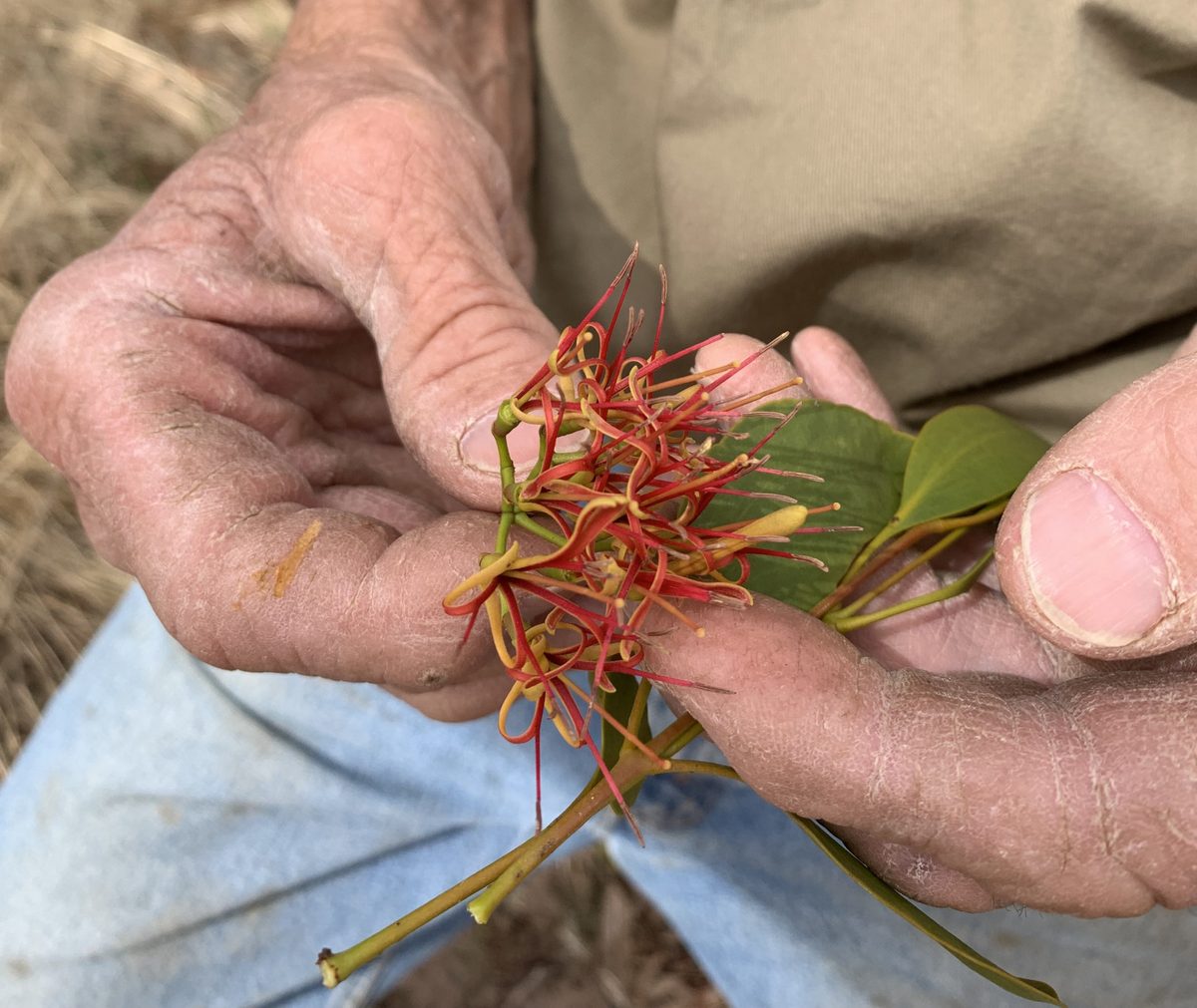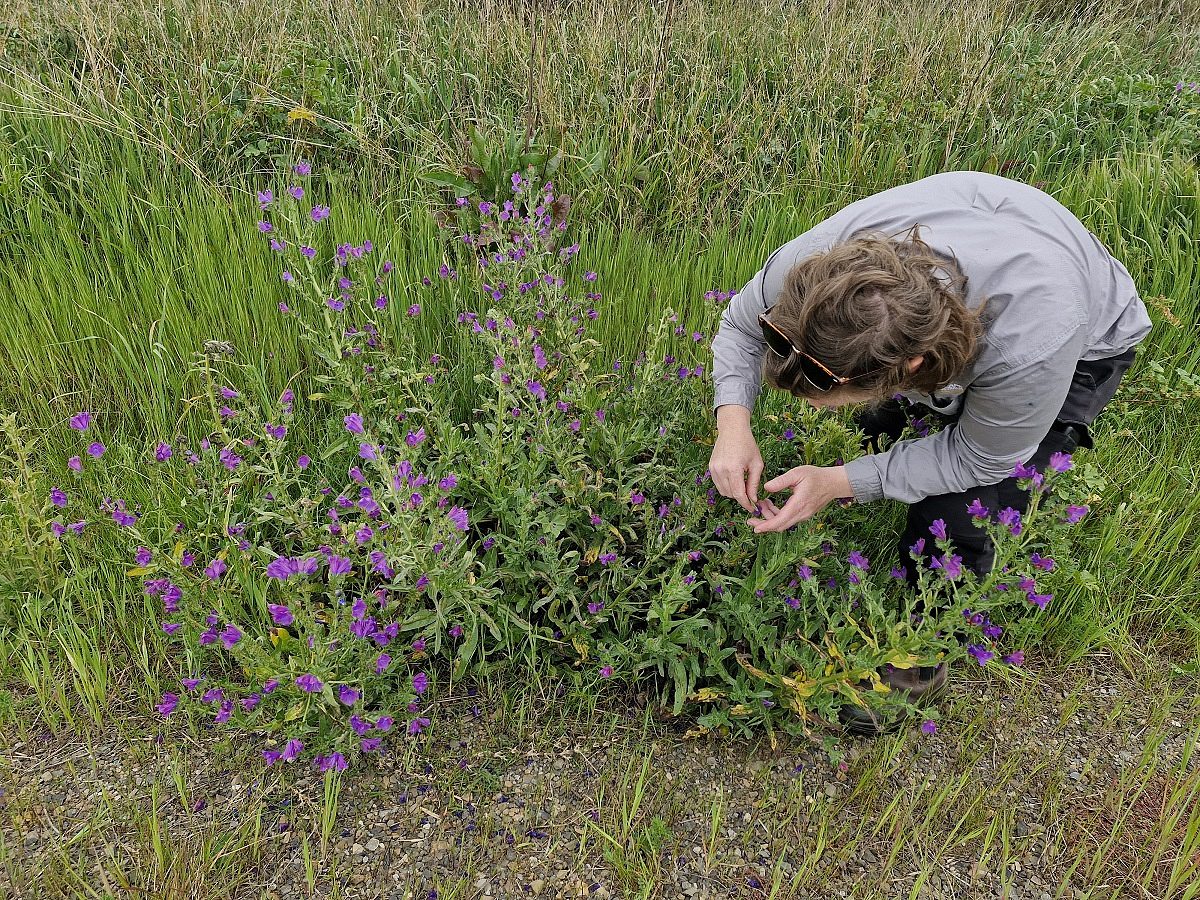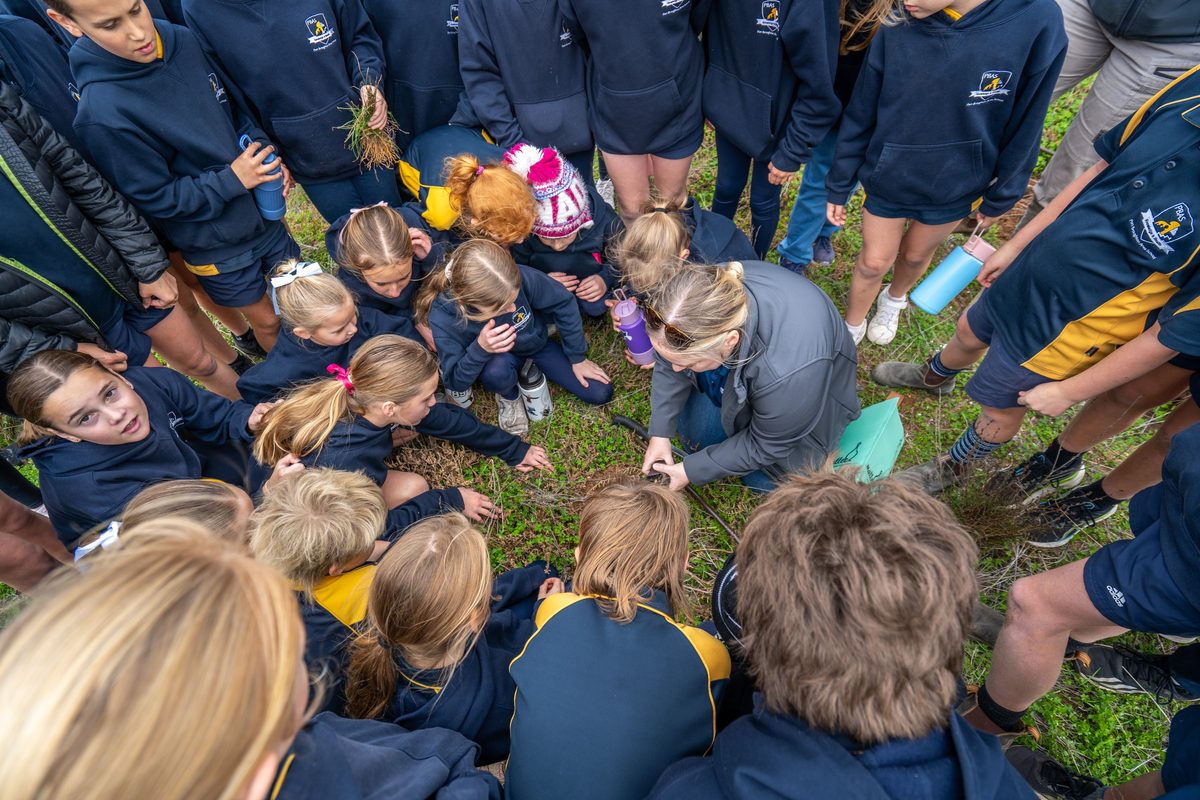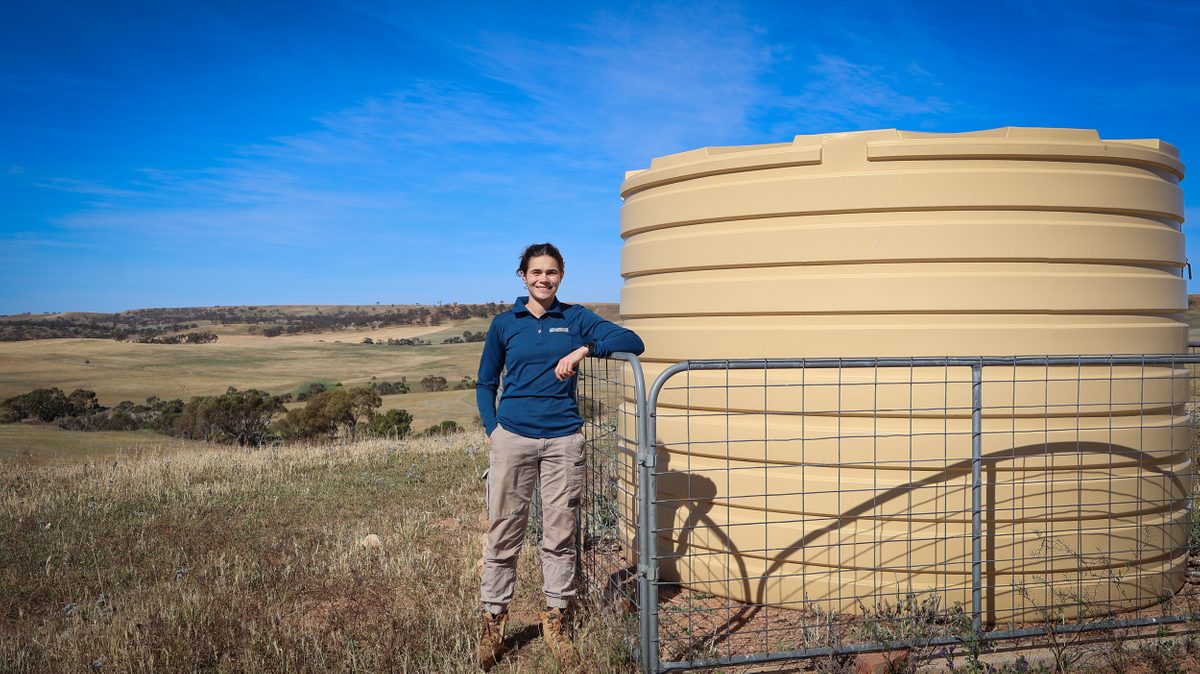Tips to help mistletoe and native trees live in harmony
Australia’s native mistletoe has an unfortunate reputation as a tree killer. And in the Clare Valley where there is an abundance of the parasitic plant, it could be guilty as charged. But before we point a finger at this troubled species, let’s explore what’s caused the issue and how we can be part of the solution.
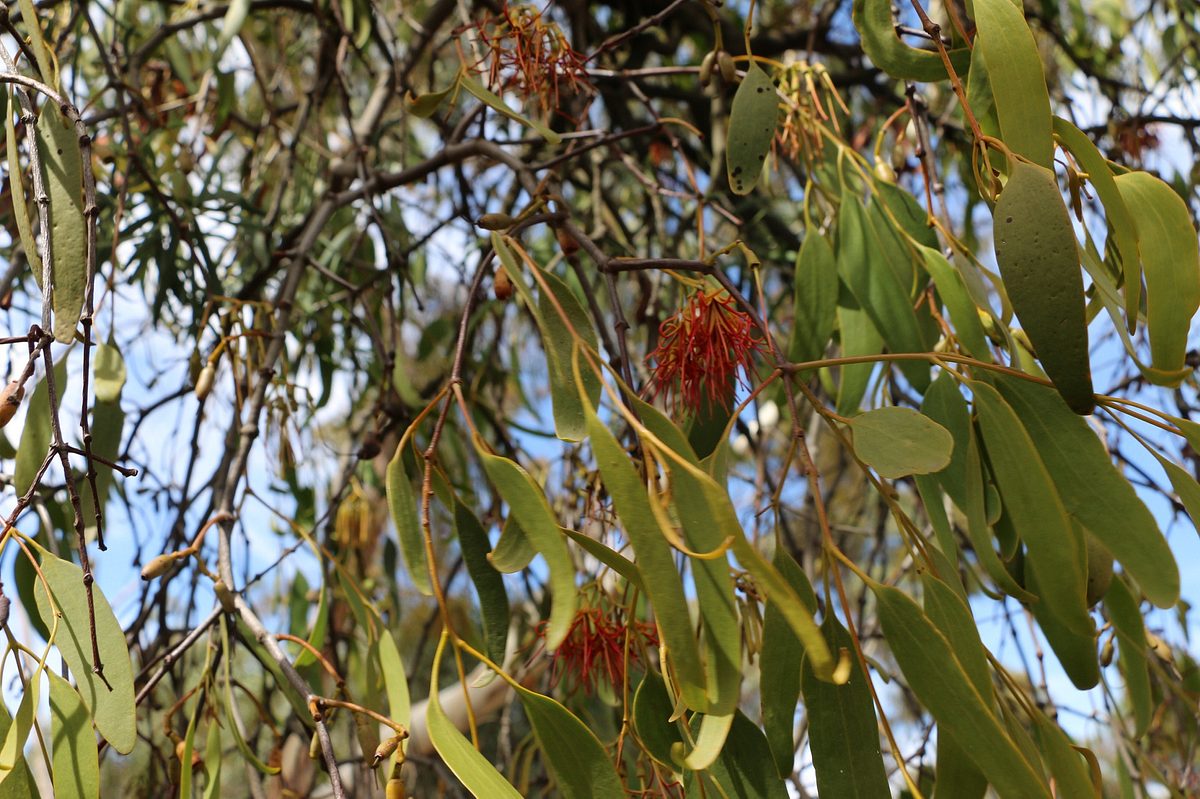
Described as a shrubby aerial semi-parasite, mistletoe attaches to host plants, like eucalypts, native cherries and sheoak trees where it draws moisture and nutrients.
While a parasite by definition derives nutrients at its host’s expense, mistletoe isn’t intent on killing the tree it lives on, an outcome that only leads to its own demise.
In fact, mistletoe plays an important ecological role, providing sustenance and shelter for birds, caterpillars, marsupials, native bees and other critters.
Mistletoe can become a problem in landscapes that have been modified by towns, infrastructure, roads and agriculture. When we clear vegetation and alter the movement of water and native species, this has a domino effect on the natural environment. Trees stressed by these changes can become susceptible to parasitic plants and insects.
So a big factor in reducing the impact of mistletoe on trees is to restore the ecological balance. Here are some ways you can help:

1. Revegetate
With 90% of native vegetation cleared from the Clare Valley region, it’s important to look after the patches remaining and revegetate others. While the region has many trees, it lacks the shrubs, herbs, bulbs, lilies and native grasses that make up the understory layer. This layer increases biodiversity, nurtures the soil and provides habitat for creatures that once thrived here. Connect with native plant nurseries close to you to find suitable local species.
2. Control invasive species
Successful revegetation depends on tackling the introduced species that eat, trample and outcompete native plants. Rabbits, deer, and woody weeds are just some of the culprits, even foxes contribute by eating the fruits of introduced plants like blackberry and olives and spreading them around. It takes persistence to reduce the impact of these invasive species, but will pay dividends for the natural environment in the long term. You may also find that when pest plants and animals are reduced, native species will return naturally through self-seeding or the existing seed bank.
3. Maintain habitat
Losing a beloved, old tree is heartbreaking, but it’s also part of the cycle of life, and even in death, trees have value. The branches and hollows of dead trees continue to provide habitat for birds like tawny frogmouths and other critters. Keeping bushfire risk in mind, consider leaving them in the landscape.
4. Connect the dots
Connecting corridors of bushland is vital to the overall health of our environment. It’s part of a bigger picture, but you can still get involved. Join Trees for Life, chat to your local landcare group or even adopt a patch of council land that you and a group of like-minded community members care for.
Learn more:
- It’s important to note that the Native Vegetation Act protects all mistletoe and any removal must be done in accordance with Native Vegetation Council policies and guidelines.
- The Living with mistletoe booklet busts some of the most common mistletoe myths.
